Summer Solstice: When the Sun Stay Longest, and Life Thrives Most
BEIJING, June 21, 2025, 10:42 a.m. (BJT) — Today marks the arrival of the Summer Solstice, the 10th of the 24 traditional solar terms in the Chinese calendar. On this day, the sun reaches its northernmost point, shining directly over the Tropic of Cancer. The Northern Hemisphere experiences the longest daylight and shortest night of the year, signaling the official start of midsummer.
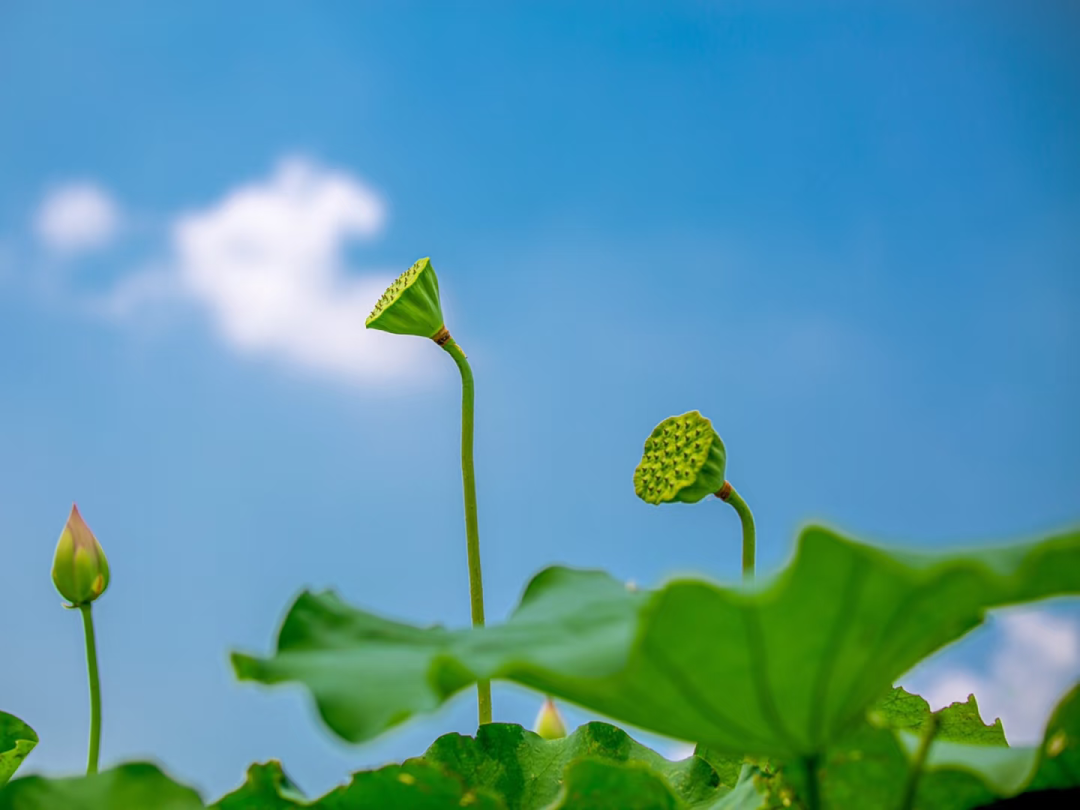
The Summer Solstice is a perfect convergence of astronomy and humanity.
"Zhi means extreme" — on the Summer Solstice, the sun's altitude at noon reaches its highest point of the year in the Northern Hemisphere. In Beijing, shadows at noon are only 0.3 times the object's height. In Mohe, China's northernmost city, daylight lasts nearly 17 hours, creating a rare “white night” phenomenon. As early as the Shang and Zhou dynasties, ancient Chinese accurately measured these events with gnomons, using them as the foundation for calendar development.
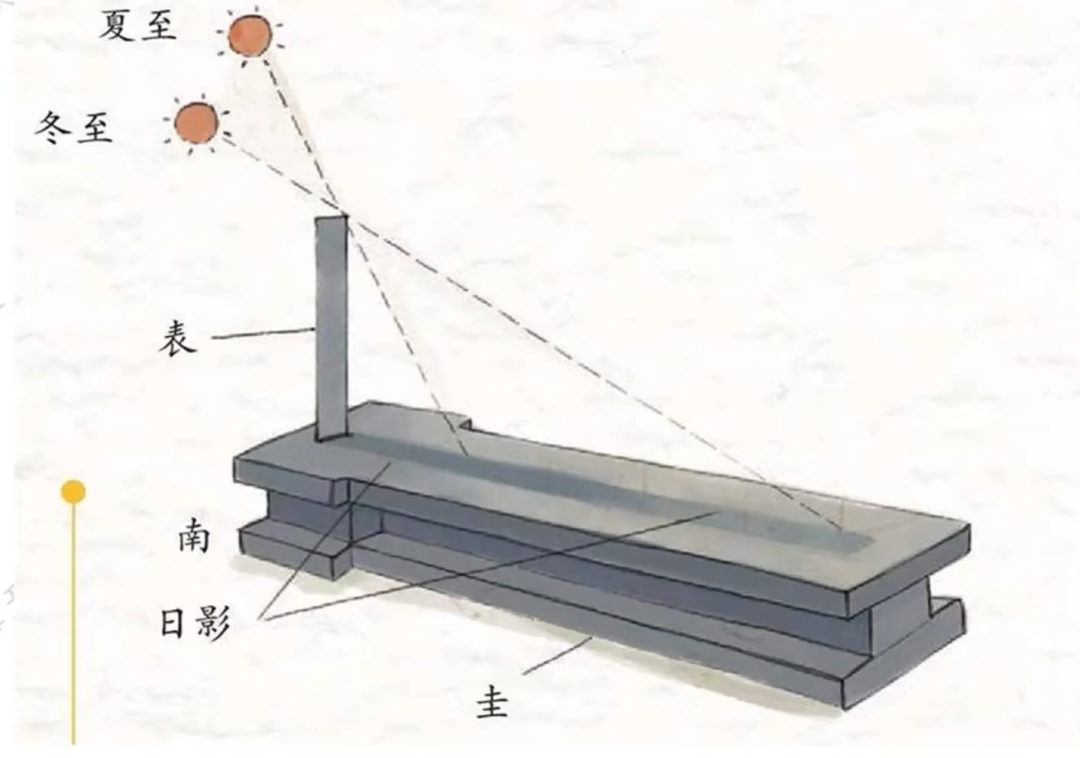
The Summer Solstice marks a crucial turning point between yin and yang.
From this day onward, yang energy (active, warm) begins to decline, and yin energy (passive, cool) starts to rise. This understanding has given rise to rich cultural traditions: land-offering rituals in the Zhou Dynasty, solstice holidays in the Han Dynasty, and today's wellness practice of "treating winter diseases in summer". Each reflects the time-honored Chinese wisdom of living in harmony with nature.
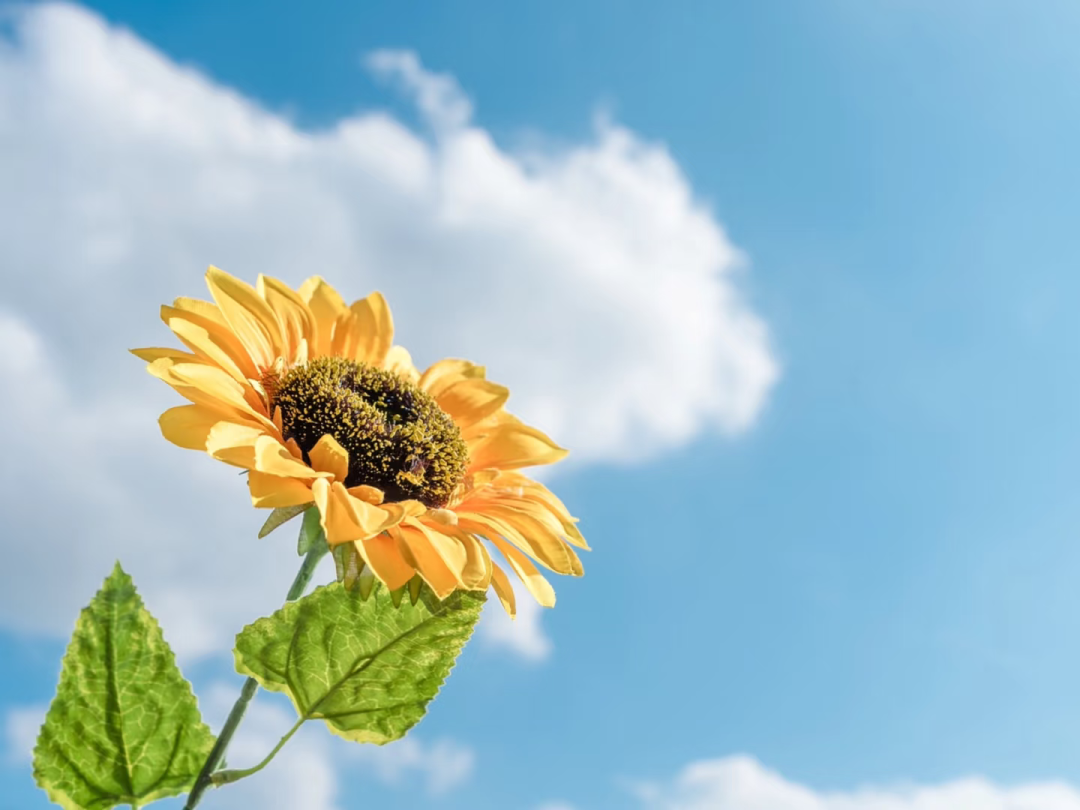
The Summer Solstice encodes the seasonal rhythms of agrarian civilization.
The proverb “After the Summer Solstice, three Geng days lead into dog days” marks a critical agricultural phase. The Jianghuai region(area between Changjiang and Huaihe) enters peak monsoon season, while northern China experiences frequent thunderstorms. A rural saying goes, “Fail to weed by Summer Solstice, and it's like raising a venomous snake.” It emphasizes the urgency of fieldwork. Today, drones monitor farmland drainage, and smart irrigation systems regulate water levels—fusing ancient wisdom with modern technology.
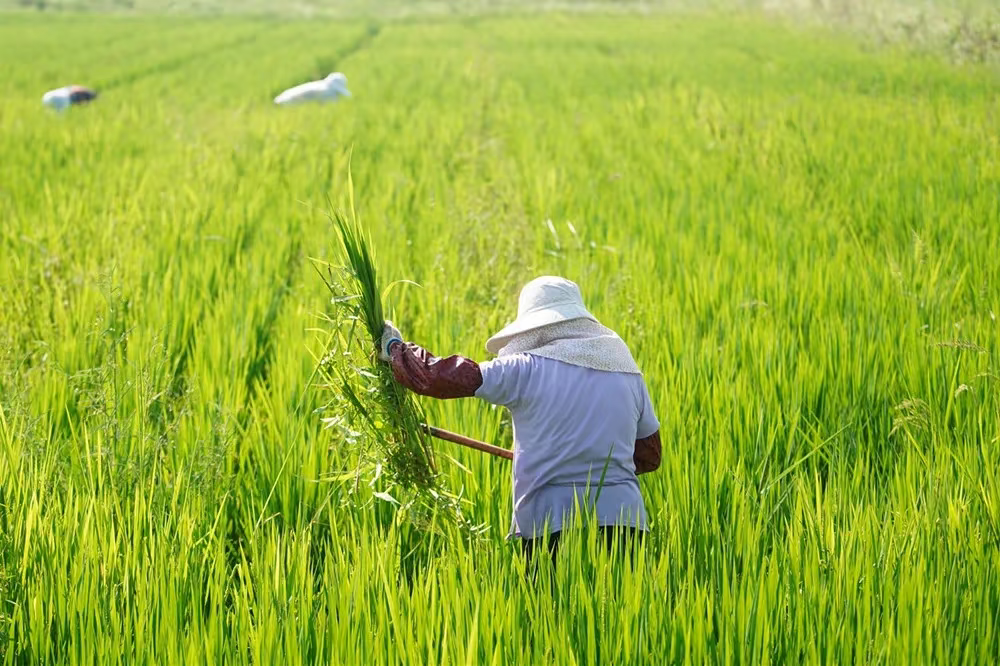
The Taste of the Summer Solstice
The culinary tradition “Dumplings for Winter Solstice, noodles for Summer Solstice” has deep historical roots. As new wheat hits the market, a bowl of chilled wheat noodles becomes both a celebration of the harvest and a smart way to beat the heat.

From ancient gnomons to satellite imagery, from solemn land-offering rituals to seasonal health practices, the Summer Solstice carries the enduring Chinese wisdom of understanding and adapting to nature.
May everyone find their own rhythm of growth in the sunlight of the solstice and reap a life as bountiful as midsummer. As UNESCO aptly stated, “The 24 solar terms are valubale wisdom that the Chinese people offer to the world—bridging the past and inspiring the future.”
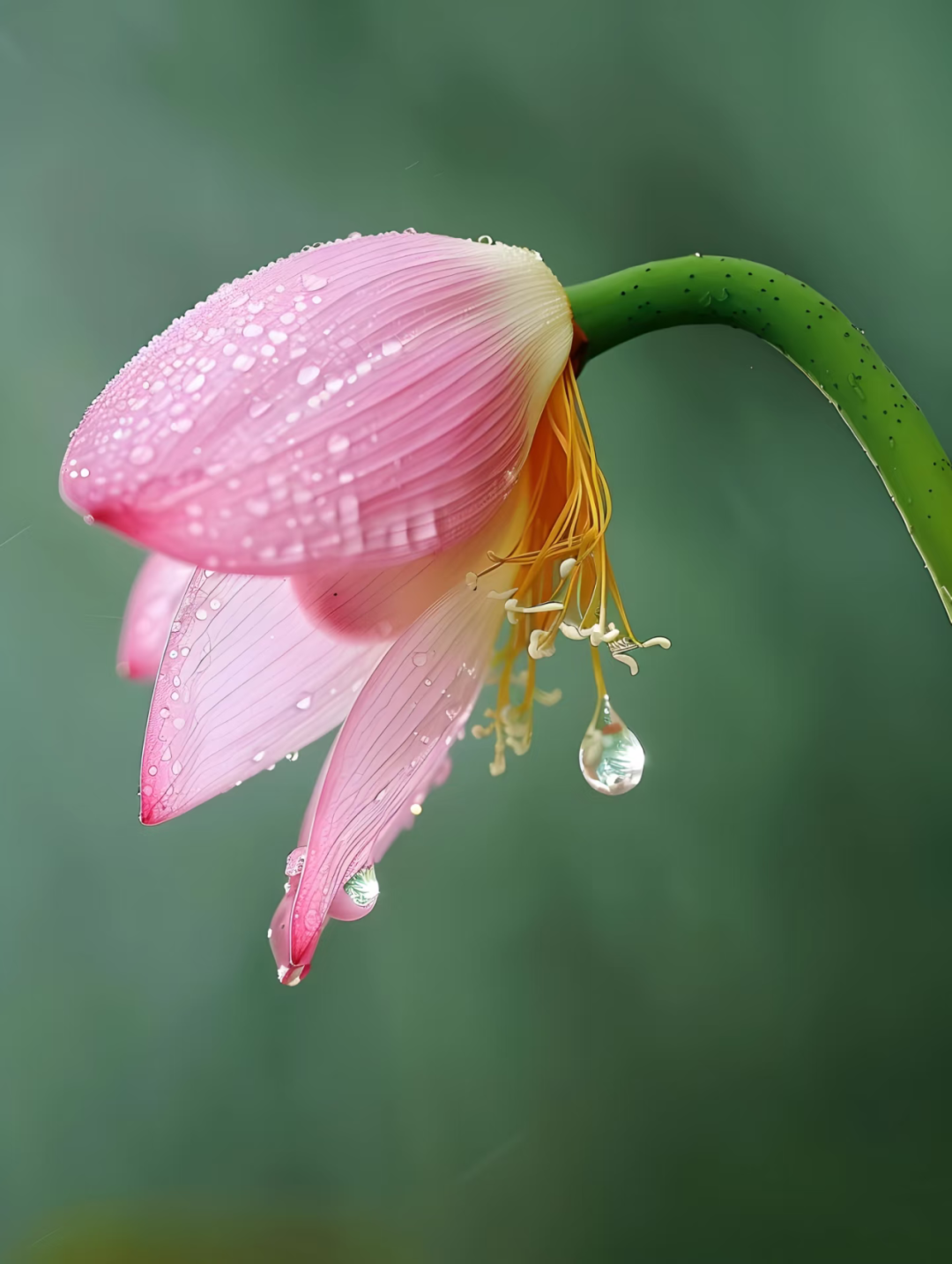
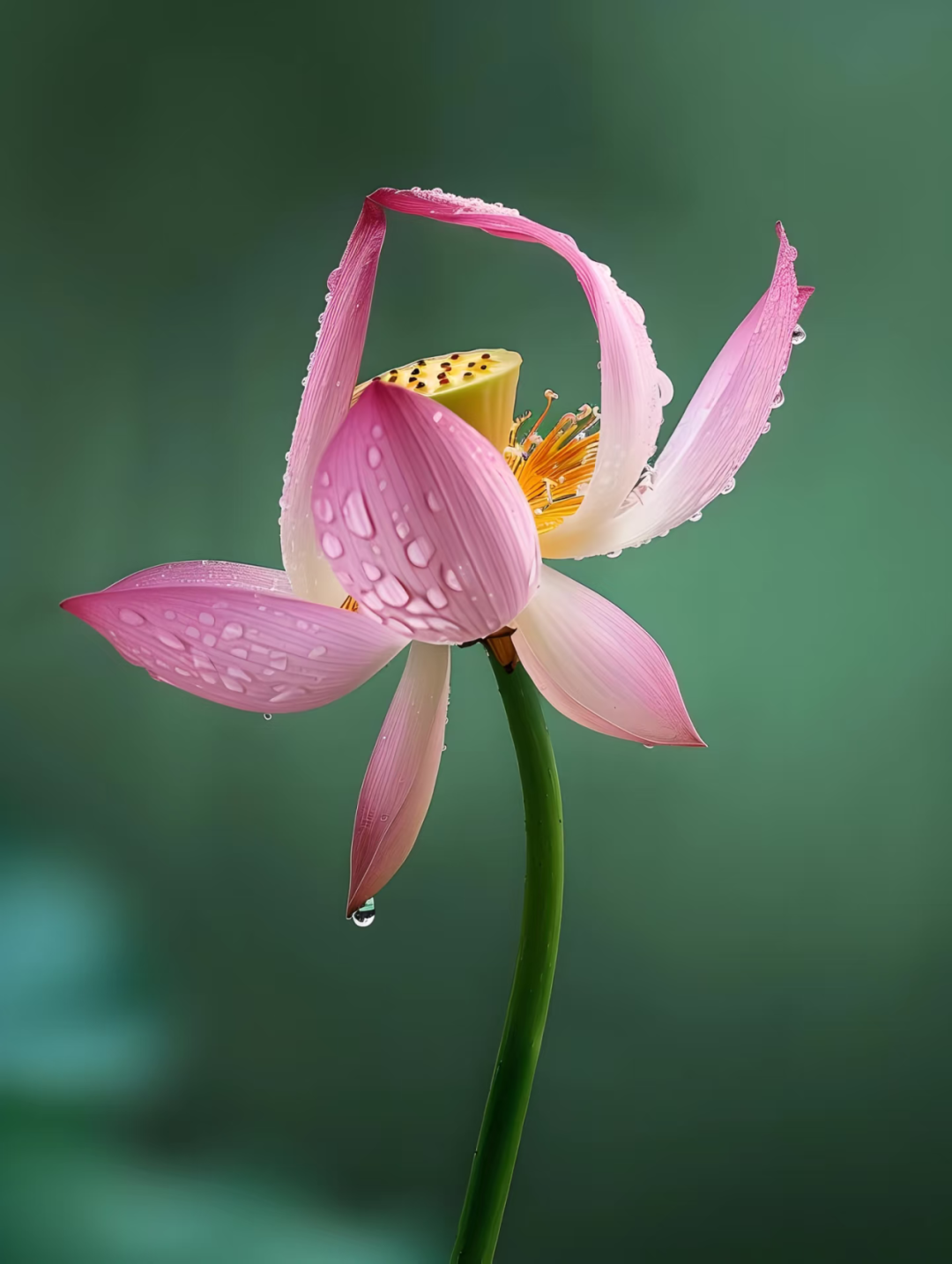
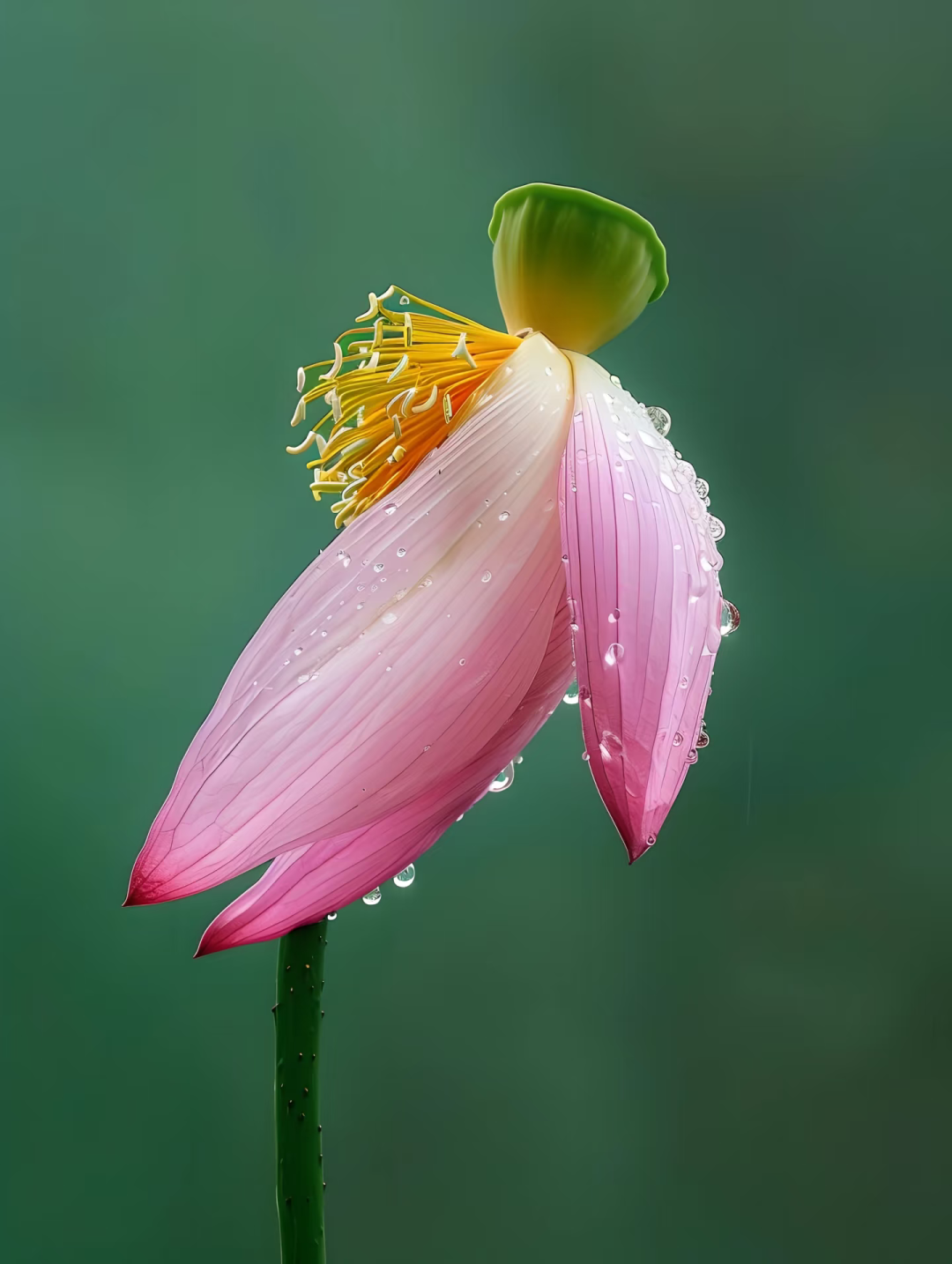



访客通道(项目入口)
还没有账号?
立即注册